
Serbia is a landlocked country in the Balkans. It shares land borders with Hungary (north), Romania (northeast), Bulgaria (southeast), North Macedonia (south), Croatia and Bosnia and Herzegovina (west), and Montenegro (southwest), and Kosovo.
Serbia has about 6.6 million people.
Having loved our (240 km and 8 hour) bus ride into Bosnia and Herzegovina we decided to fly out for a 40 minute puddle jump into Serbia, more specifically Belgrade.
Belgrade
Belgrade is the capital and largest city of Serbia. It is located at the junction of the Sava and Danube rivers with a population of around 1.6 million. Belgrade is one of the oldest continually inhabited cities in the world with the first dated records of habitation going back to the the 3rd century BC.
Our accommodation saw us perched between the old and new town directly opposite the old main railway station and associated park.
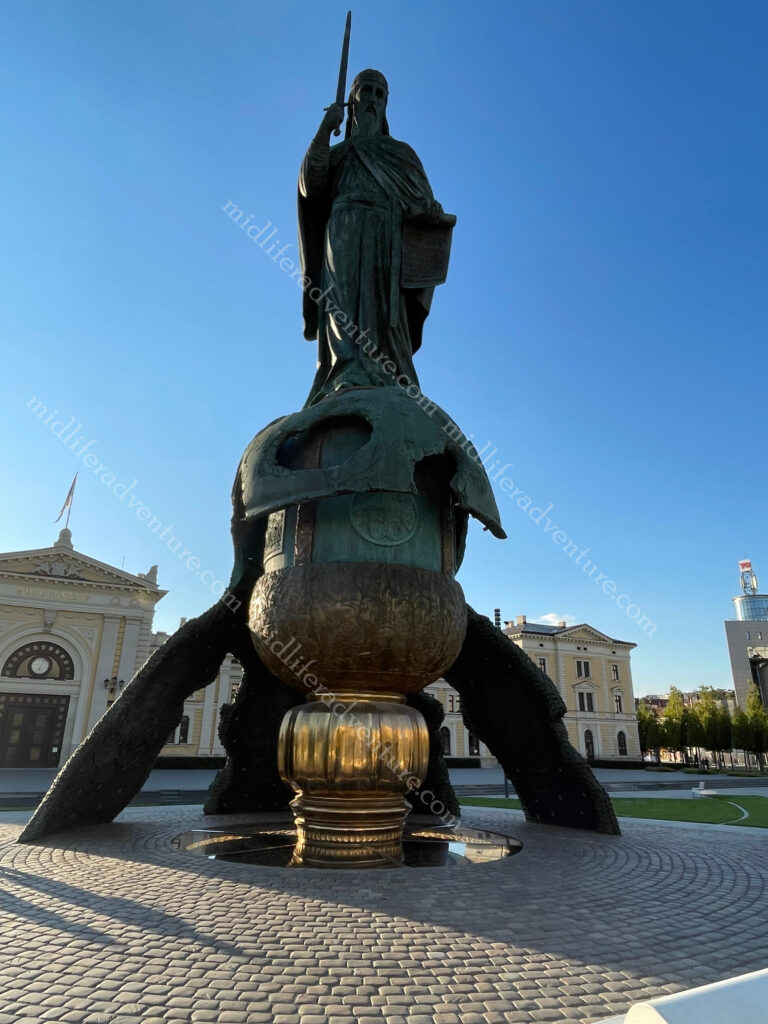
The park is amazing with an incredibly impressive monument to Stefan Nemanja (over 20m high).
He was a medieval Serbian nobleman who together with his son Sava (who the big church is named after) are considered the fathers of the Serbian Orthodox Church).
As it was early enough we dropped off our gear and headed out on a walk to see the sights. We chose to hit the ones that were away from old town, where we would be spending most of our time the following day. So we turned the corner from our hotel and started our way up the hill aiming towards St Sava Temple.
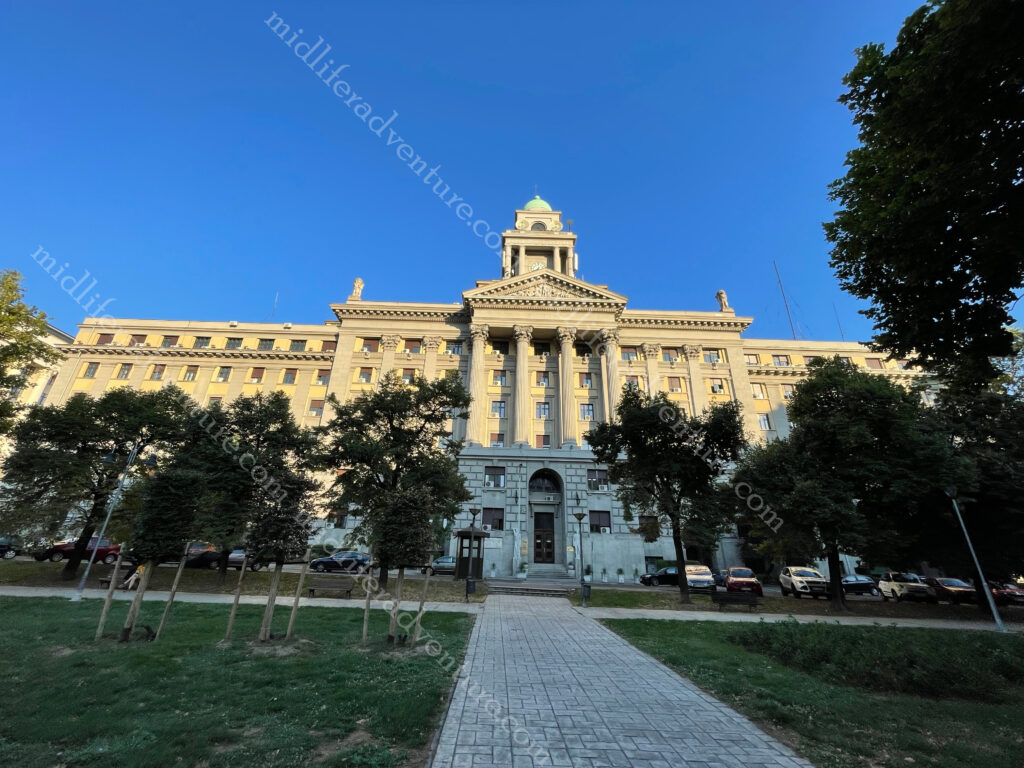
But within two blocks we had already landed upon the railway museum, which was incredibly impressive in its own right.
Half a block up and across the street we came upon the Government of the Republic of Serbia building.
This was built in the 1920s and was the first public building built in Belgrade for the purposes of the public administration of the newly formed Kingdom of Serbs, Croats and Slovenes.
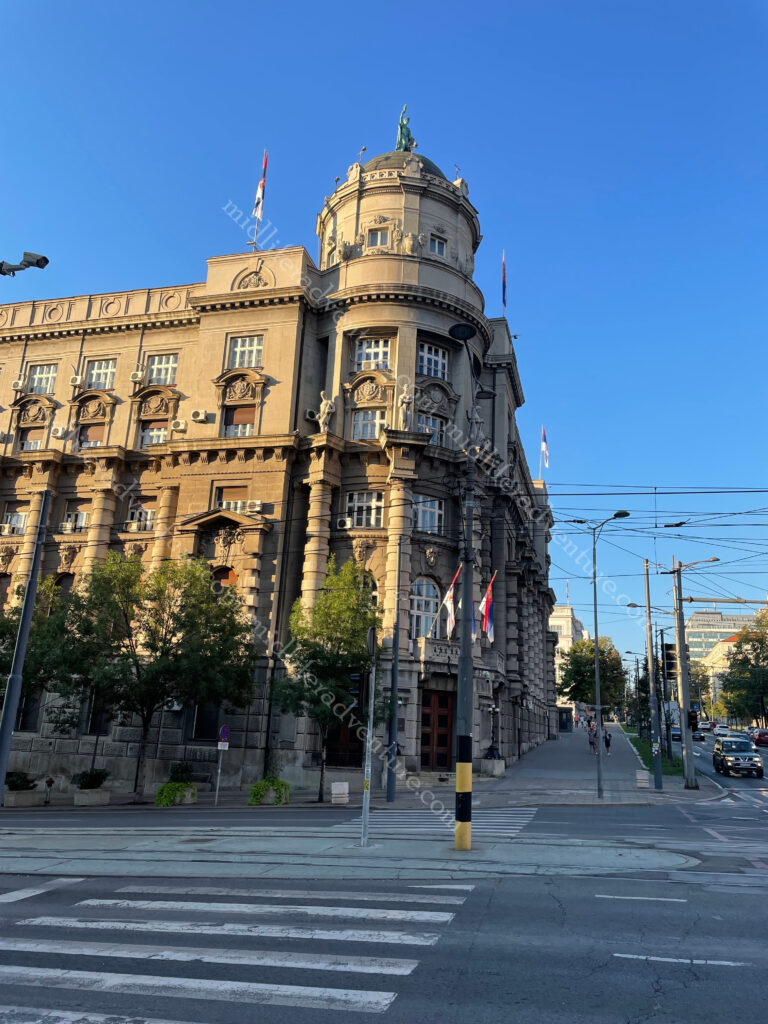
Next came the Department of Defence, the Ministry of Foreign Affairs, the Belgrade city museum, public health department. And they were all housed in amazing soviet era architecturally designed buildings that were incredibly impressive.



Anyway, we did eventually make it to St Sava Temple which again, blew our socks off. The church is dedicated to Saint Sava (son of the dude with the big statue opposite our hotel), the founder of the Serbian Orthodox Church and an important figure in medieval Serbia. It was built on the location of St. Sava’s grave.







The next morning we were up and off to the 160 acre Belgrade Fortress. For many centuries the entire town existed within the walls of the fortress. It sits at the meeting of the Sava and Danube rivers.






As with all of Europe, the warring tribes saw this piece of land change hands many times over the millennia. The romans had their turn and according to wiki “in the period between 378 AD and 441 the Roman camp was repeatedly destroyed in the invasions by the Goths and the Huns. Legend says that Attila’s grave lies at the confluence of the Sava and the Danube (under the fortress)”. In the following centuries the fortress suffered continuous destruction under the Avar sieges.










The name Belgrade was first mentioned in AD 878 by Bulgarians. The fortress kept changing its master as Bulgaria had it then the Byzantines and then Bulgaria again, in the 11th century it was given to the new Serbian state as a wedding gift. In the 15th century it was conquered by the Turks (with short periods of Austrian and Serbian occupation), but it remained under Ottoman Empire rule until 1867, when the Turks withdrew from Belgrade and Serbia.
From the fortress you got a fair view of the Gardoš Tower or Millennium Tower.
It was built and opened in 1896 to celebrate a thousand years of Hungarian settlement in the region.
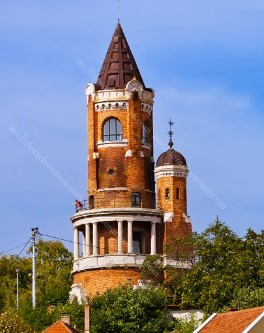
Within the walls is St Petka’s Chapel which was built in 1417 and was allegedly erected over a sacred spring. At one time it held the holy relics of St Petka. With all of the destruction of the fortress over the years, the exact location of this chapel is not known so a replacement was built on the grounds in the 1930s.






The amazing thing for us was that to visit and walk through the fortress and associated grounds was 100% free.
There was one odd children’s playground area with dinosaurs in it that had a small fee.
But as we did not want to play on the playground, we avoided that cost.
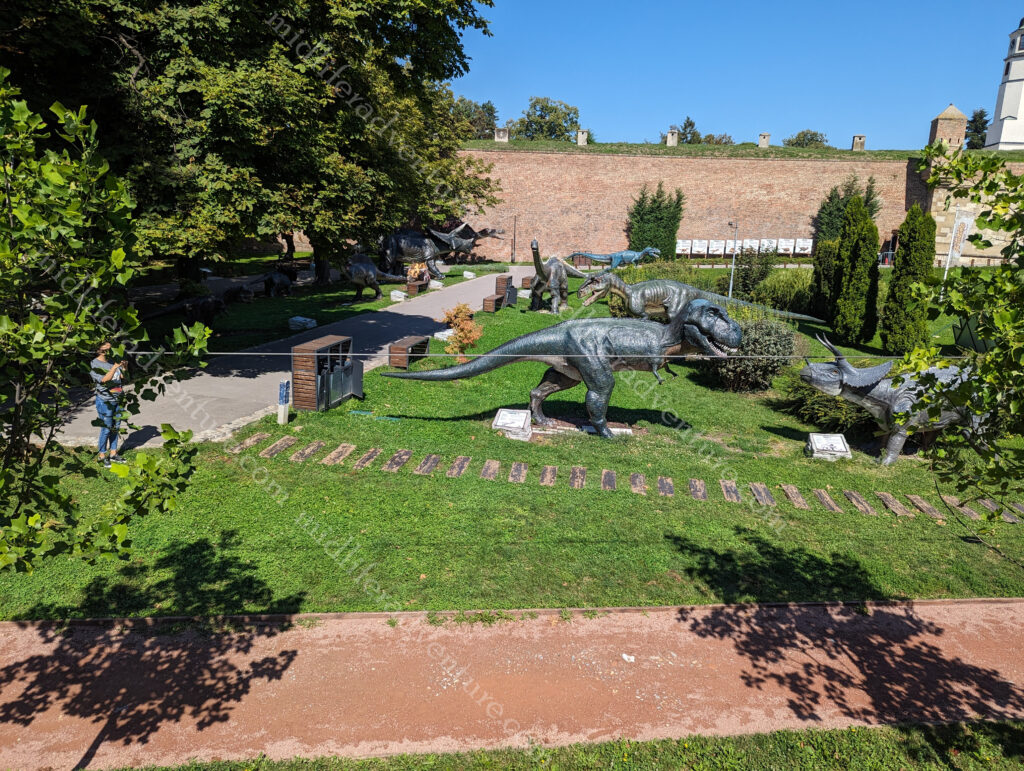
From the fortress, you spill out into the remainder of old town and the main tourist and shopping district of Belgrade. This part of town is full of funky old buildings with tons of character.








As you wander through you come upon the Cathedral Church of St. Michael the Archangel or simply St Michael’s Cathedral. This is a Serbian Orthodox church in the centre of the old part of Belgrade. It was built around 1840, on the site of an older church dedicated to Archangel Michael.





The Historical Museum of Serbia is currently in this building but it has been granted the building opposite our hotel (the old main railway station) as its permanent home and will be moving soon.
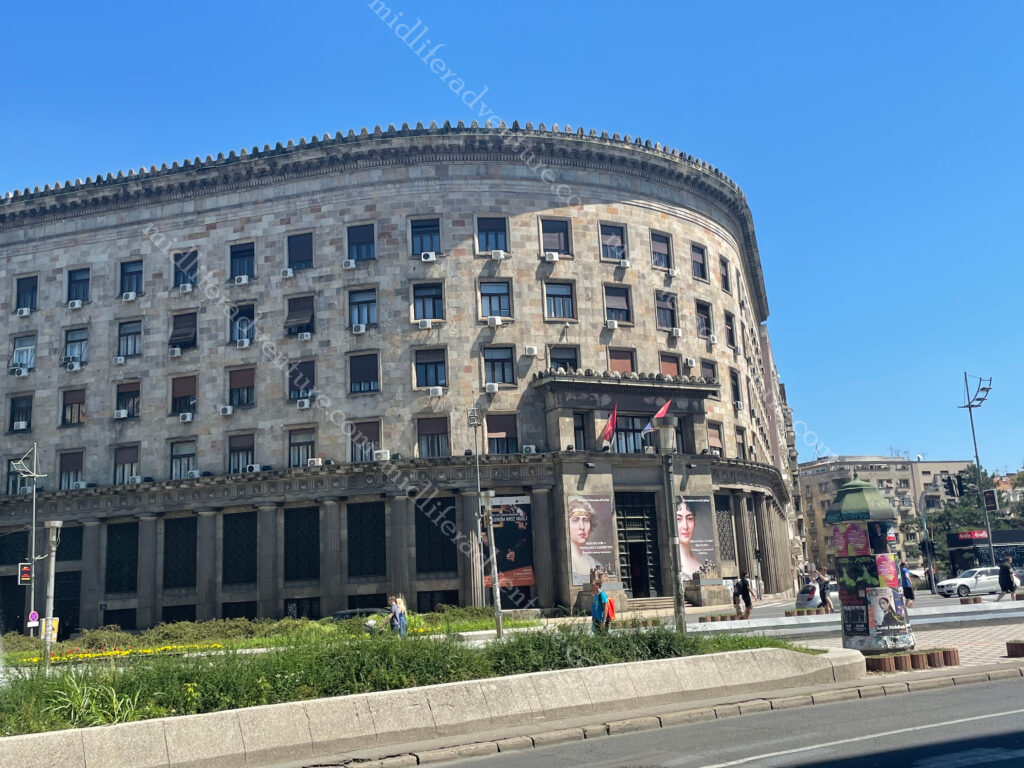
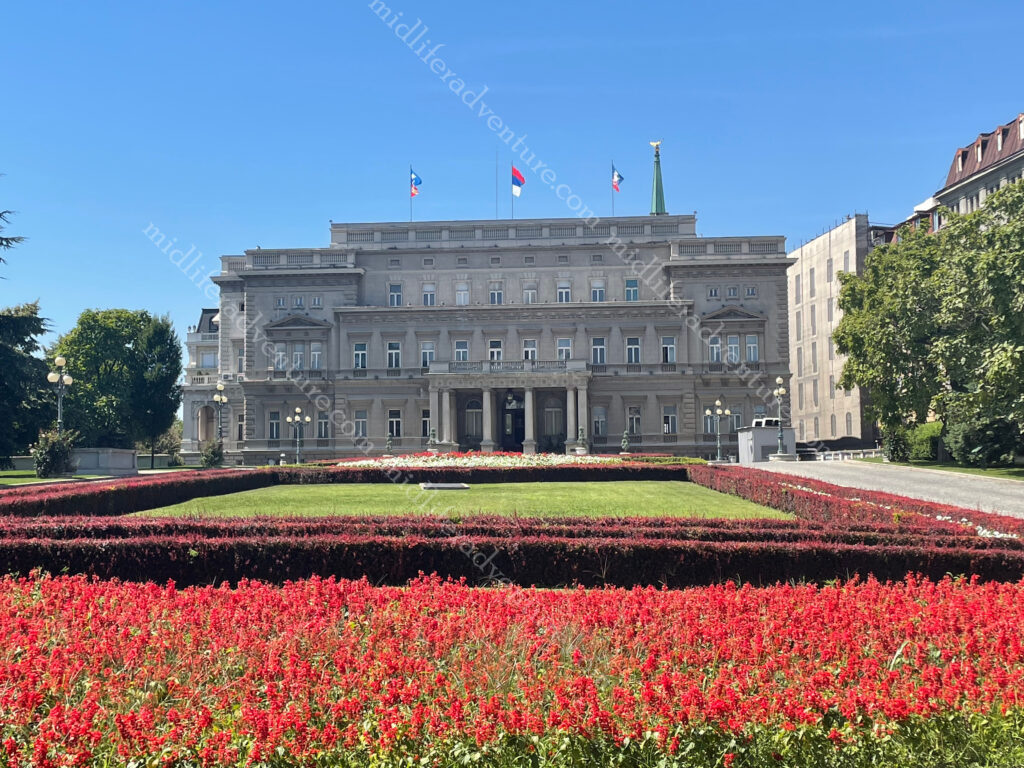
The Stari Dvor or old palace was the royal residence of the Obrenović dynasty (1800’s).
Today it houses the City Assembly of Belgrade.
Novi Dvor or new palace was was a royal residence of the Karađorđević dynasty (late 1700 & 1800’s)
Today it is the seat of the President of Serbia.
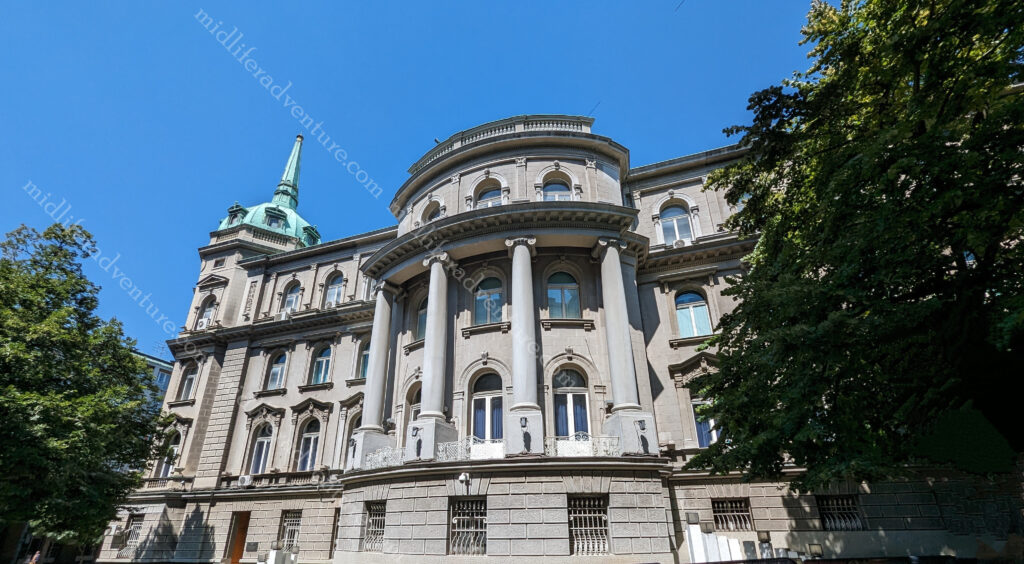
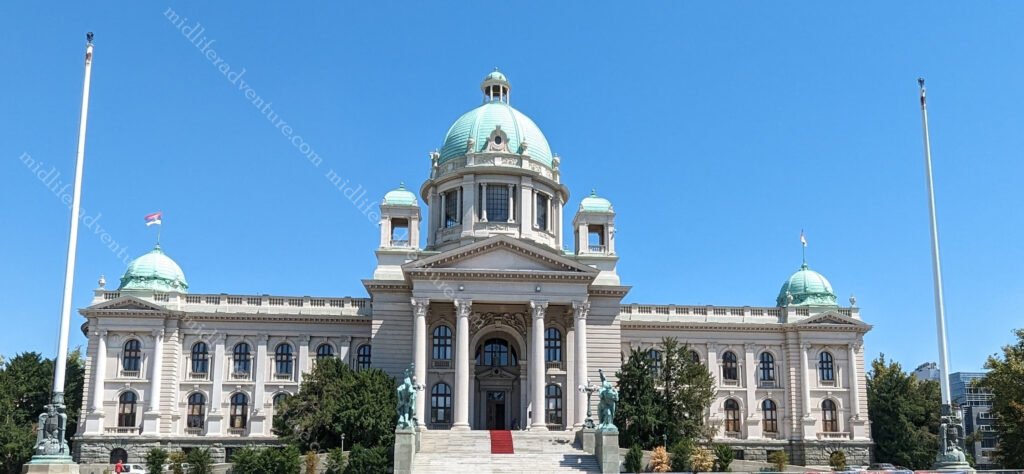
House of the National Assembly was built in 1936 and has served as the seat of parliament for the Parliaments of Yugoslavia, Serbia and Montenegro and since 2006, Serbia.
For the most part, Serbia has been great. The food is good (if not exactly heart smart), the prices are reasonable, the beer is well-priced, and there is plenty to see and do (mostly without charge). I would certainly not hesitate in coming back.









The Golubac Fortress is somewhere that looked amazing but sadly (at about 120km from Belgrade) we could not get to. It was a medieval (fortified) town on the Danube 4 km downstream from the current town of Golubac. The fortress was built during the 14th century and has ten towers. Most of these started square but evolved to get many-sided reinforcements to accommodate modern firearms.